The Tin HiFi T1s is an evolution of the previously-launched T1 Plus, using a new driver inside the same shell. In fact it still reads “T1 Plus” in some places! The result of this work is absolutely great, especially considering the price the Tin HiFi T1s are sold at – just $20.
Disclaimer: I received the Tin HiFi T1s free of charge from Linsoul, who sell them for $20. Additional info on the official website.
TL;DR: recap
| Pros |
Cons |
| + Super comfortable
+ Nicely balanced tuning + Very good technical ability + Good level of detail |
– Low passive isolation |
Rating: 9/10
Packaging & Accessories
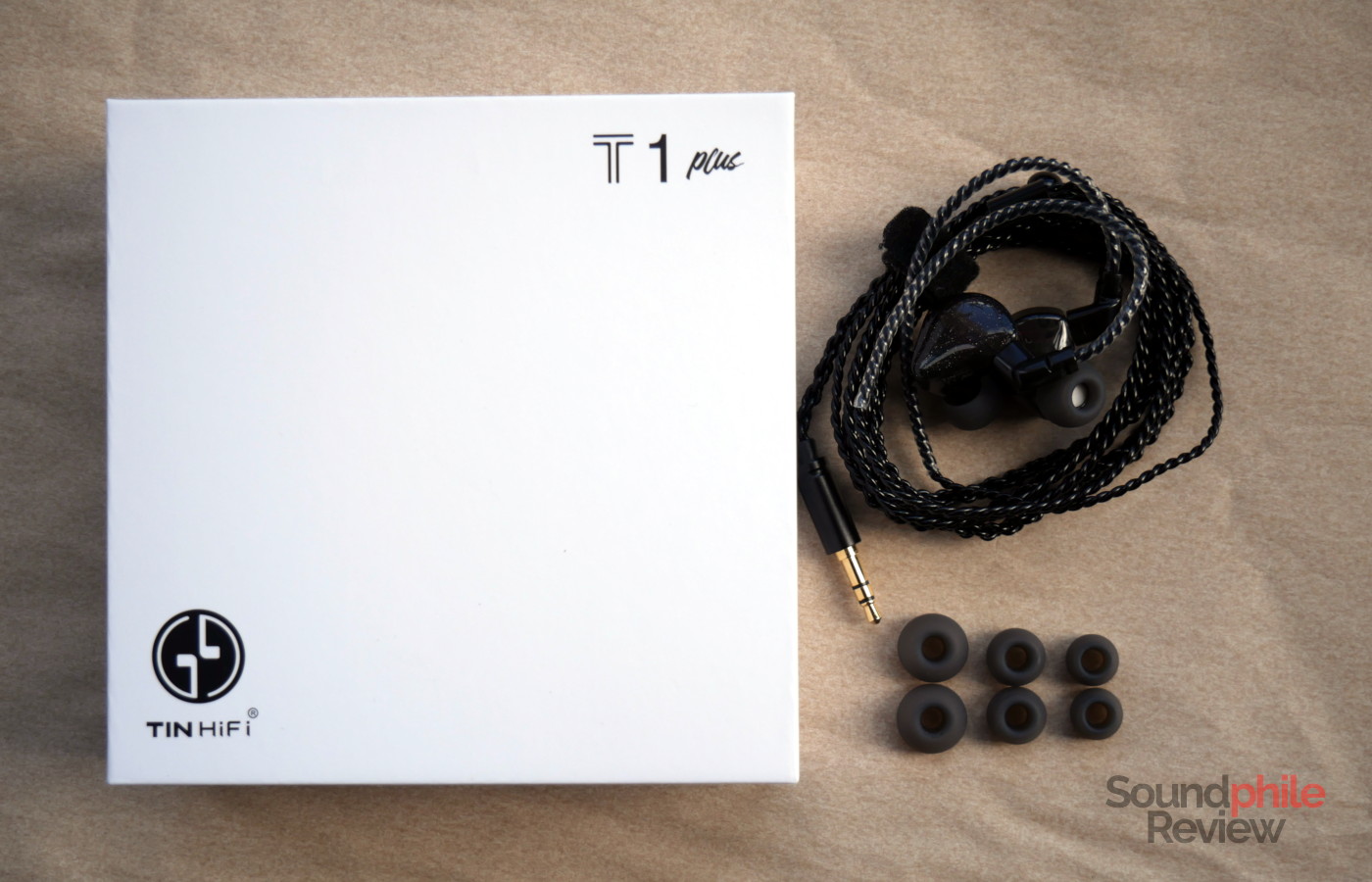
The packaging is quite simple and so is the accessory set. Inside the cardboard box is just a set of silicone eartips in three sizes – that’s it.
Design & Comfort
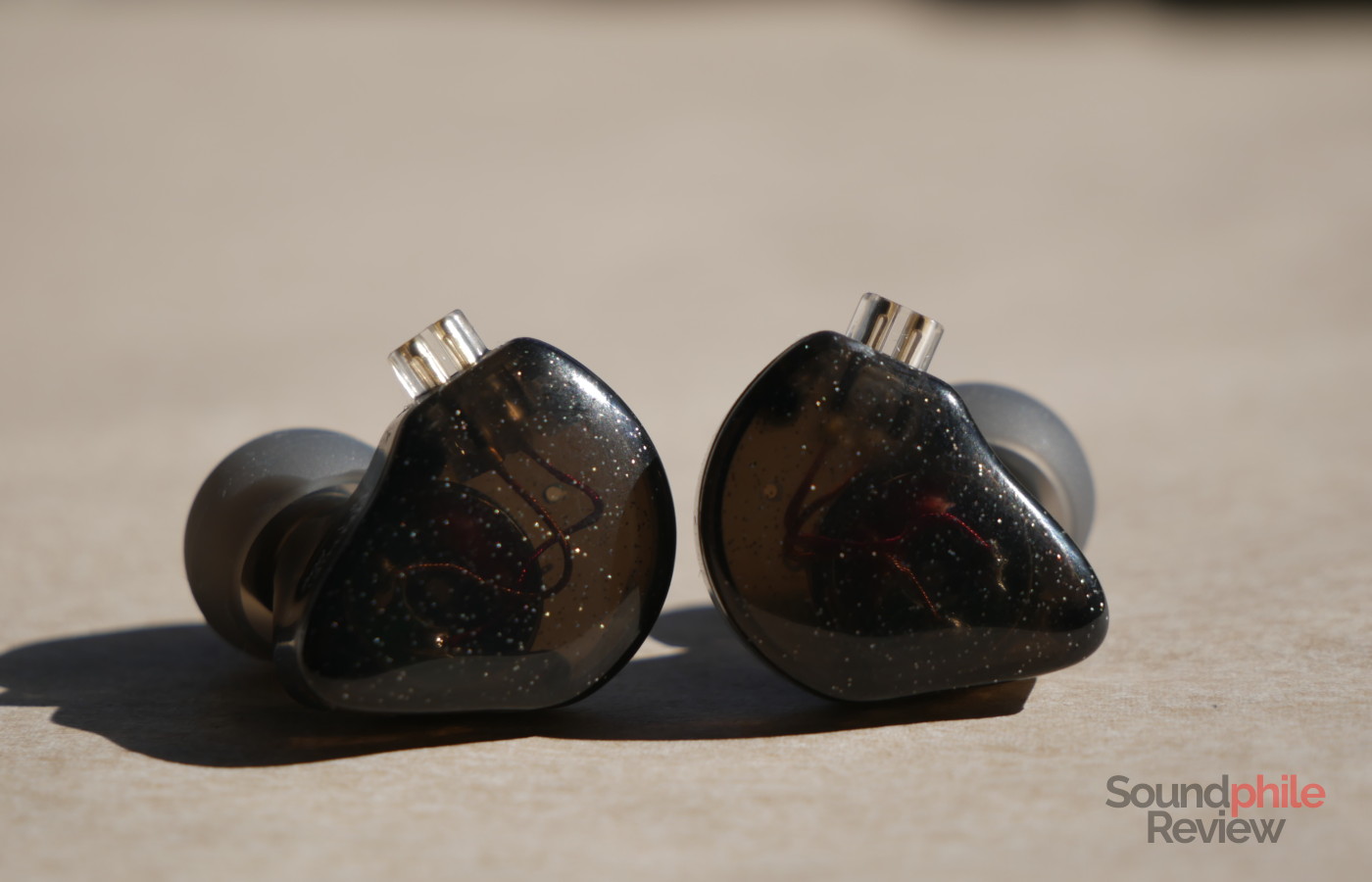
The Tin HiFi T1s are “traditional” IEMs in terms of design, with an over-ear cable design and a triangular shell shape. The shell itself is made of semi-transparent plastic with a black hue and silvery speckles on the faceplate (there’s also white, green and pink colourations available). I quite like the transparency, but other than that there’s not much going on in terms of design – which could be a good thing, as it is building on proven models. Interestingly enough, the text on the side of the shells says “Tin HiFi T1 Plus”, as it does on the box.
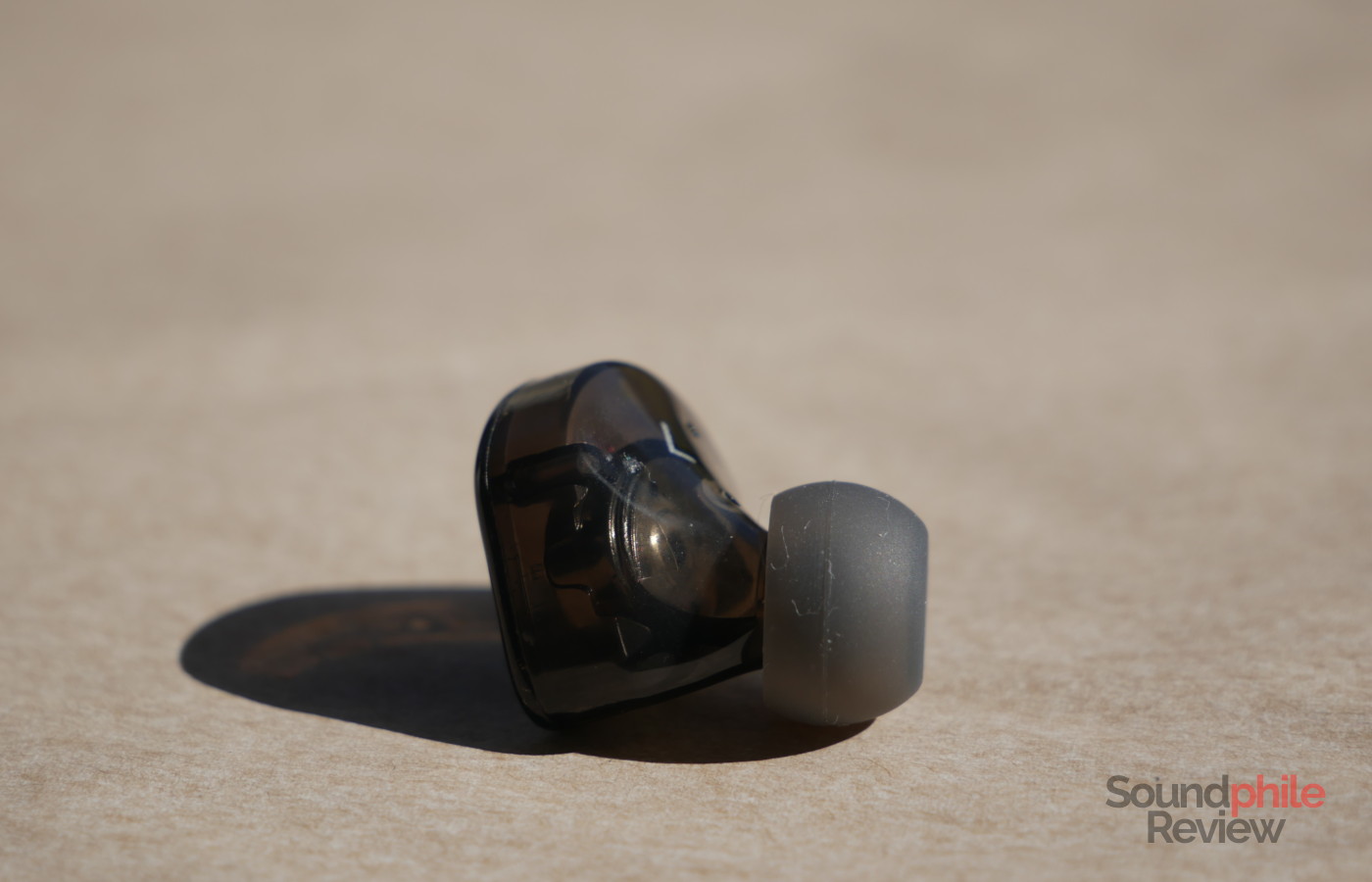
Build quality appears to be okay overall, with no clear issues showing. Despite the plastic being very lightweight, it looks robust enough.
Comfort is absolutely great, as the small size, light weight and absence of clear-cut edges make the T1s fit in virtually any ears. They should be great even for those who have smaller ears.
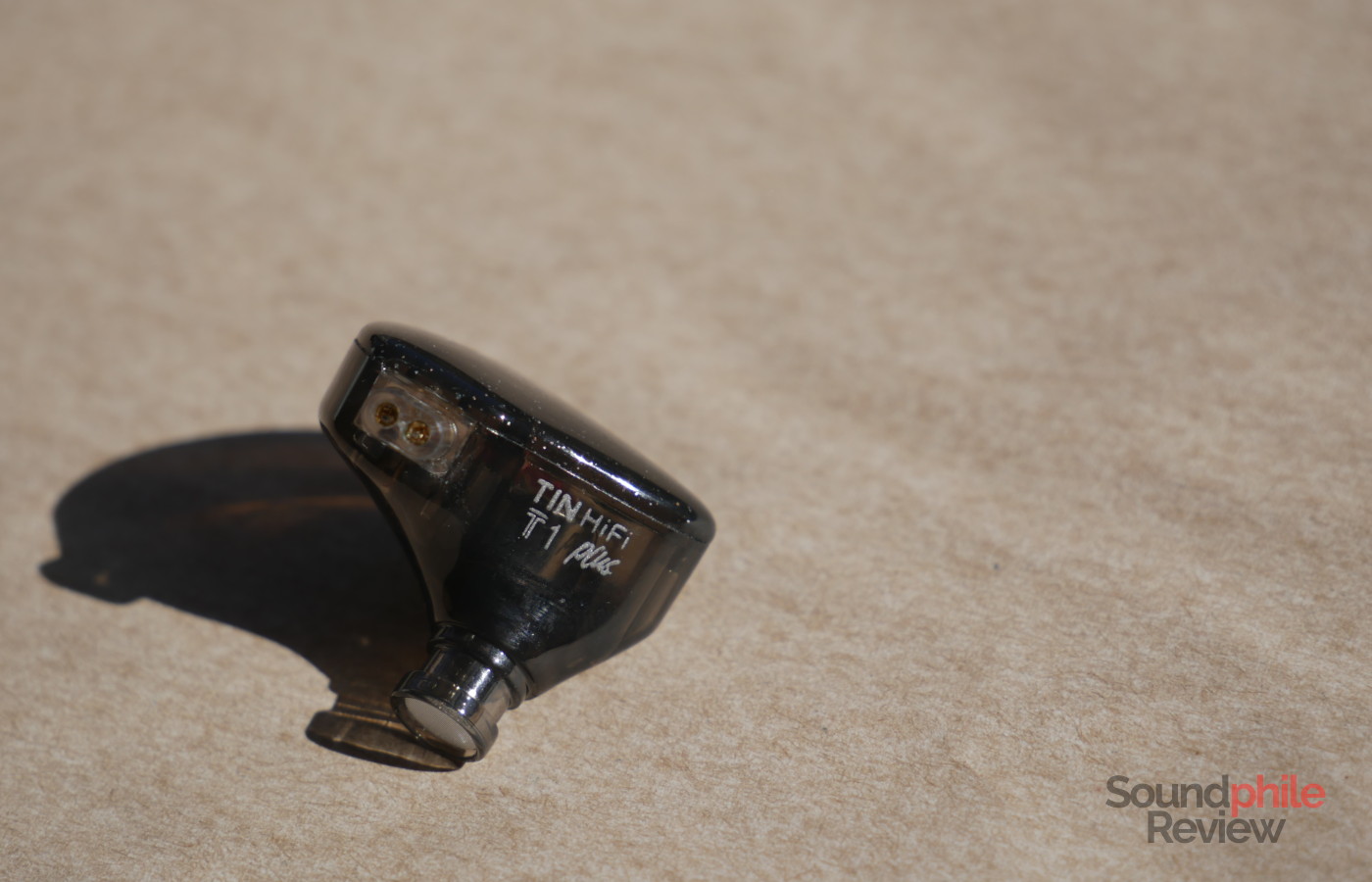
Even when using the foam tips provided with the P1 Max, the T1s do not offer the same passive isolation – in actuality, they offer virtually no isolation at all. There is a small reduction in the volume of sounds coming from outside, but it’s so small that it’s barely noticeable. More importantly, it doesn’t alleviate the need to raise the volume of music significantly if you are in a noisy environment (e.g. public transport).
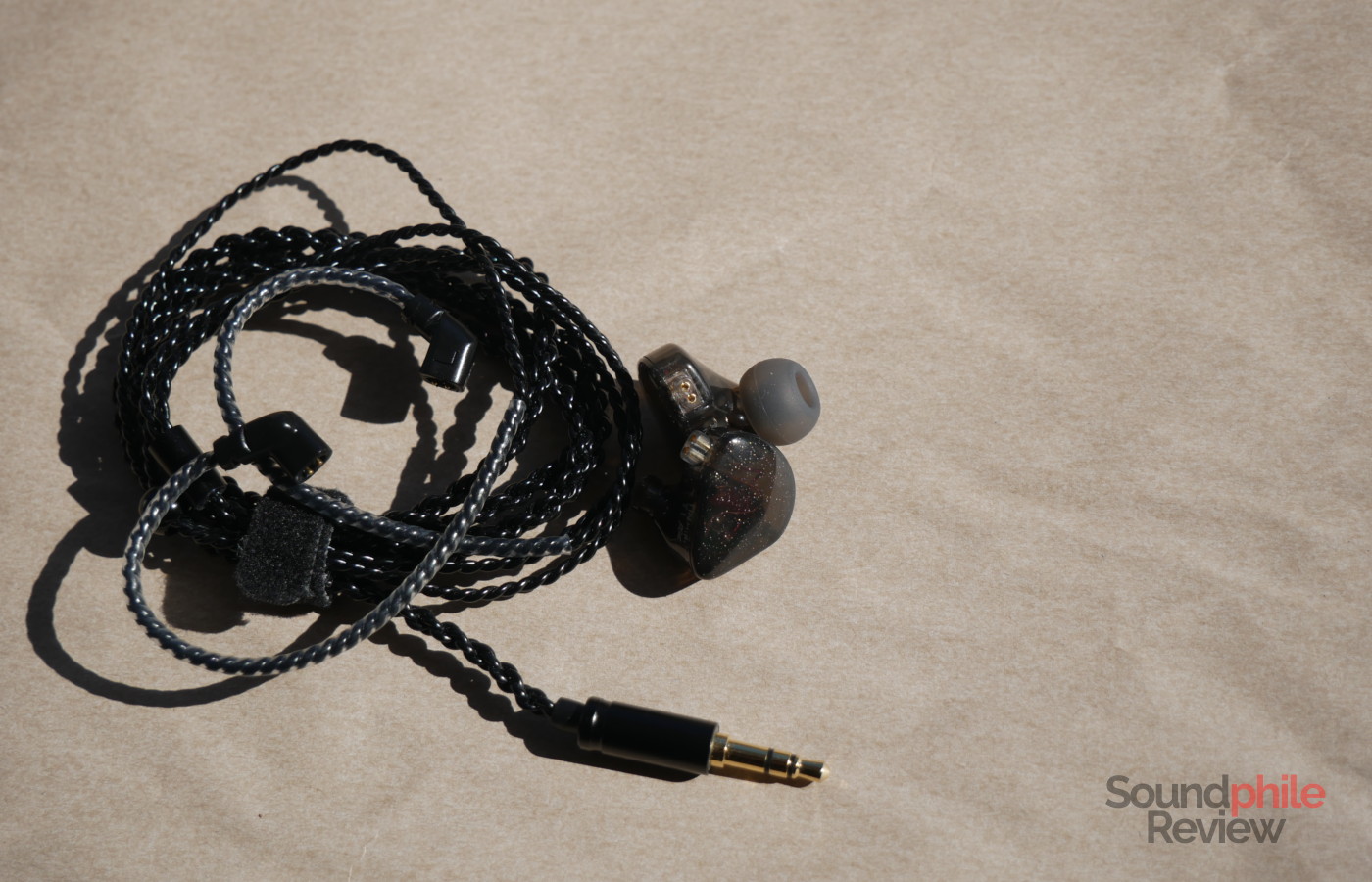
The cable is a bit of a let down as it is basically identical to the one that KZ provides with their low-end earphones. It has four cores, individually sleeved, braided between the jack and the Y-split and then simply twisted in couples after that. It’s relatively soft, but prone to form kinks and with enough microphonics. On the plus side, though, it is comfortable to wear thanks to the moulded ear hooks and to the light weight. It is of the QCZ variety, so there is a male component protruding from the shell – which leaves it more prone to damage.
Sound & Specs
I’ve tested the Tin HiFi using an iFi micro iDSD Black Label as well as a HiBy R5.
Tin HiFi T1 |
| Frequency response | 10 – 20,000 Hz |
| Impedance | 32 Ω |
| Sensitivity | 105 ± 3 dB |
The Tin HiFi T1s features a single dynamic driver, made using a beryllium-coated diaphragm. The acoustic properties of such drivers do show in the sound of the T1s, so it looks like it really is like it says on the tin.
Soundstage is quite wide on the Tin HiFi T1s, though it has limited depth; it is very convincing and it does often manage to defeat the impression that sound is coming from inside your ears. Imaging is very good, too, as there is the full spectrum of positions from left to right and instruments are placed accurately inside this spectrum. Instrument separation is really good and allows you to distinguish the individual instruments even in crowded tracks.
I would describe bass as neutral, with very good sub-bass extension and enough presence to make it noticeable, but not excessive. There is a small bump in the mid-bass area, but it is well balanced so there’s no single part that prevails over the others. Speed is very good, with relatively fast decay, and this results in a very good detail level as well. Overall bass has very good weight and adds a solid foundation without ever being obtrusive.
Midrange has the usual bump in the upper area that’s typical of Tin HiFi products, but it also features a certain warmth due to the lower area being emphasised. It looks like the descending curve from the lows continues for a while in midrange territory, granting it a bit of a U-shaped signature. The overall balance is still quite good as you have both male and female vocals with good tonality; the (relatively) recessed middle area can make some tracks sound a bit hollow, but for the most part the tuning works quite well. Detail is again very good.
Treble is slightly emphasised, but it mostly sits in the right place: it is very well detailed, spacious and airy, without becoming too intense. Internally it strikes a very good balance, with no parts being prevalent; extension is good, but the highest bits see a somewhat fast decline.
Tin HiFi T1s Comparisons
Considering their incredibly low price, I don’t have many earphones that I can compare the T1s to – so I’ll stick with some well-known heavyweights in the sub-$50 space:
- Tin HiFi T1s vs Tin HiFi T2 Plus: the T1s and the T2 Plus are quite different, but still similar. The main differences are in the bass region, which is more pronounced on the T1s, and the upper midrange, which is more emphasised on the T2 Plus. There’s more bass on the T1s, but it’s faster and tighter on the T2 Plus, with resulting better texture and detail. Midrange is brighter on the T2 Plus, with the T1s which will probably sound more appealing to more people; again, there’s better speed on the T2 Plus. Treble is more emphasised on the T2 Plus and – again – there’s more detail here, though the difference is less evident. Soundstage is comparable, while imaging is more accurate on the T2 Plus; instrument separation is comparable, as the two trade blows in this specific area.
- Tin HiFi T1s vs BLON BL-03: the BLON BL-03 has some similarities to the T1s, but it’s not necessarily better. Bass is definitely thicker on the BL-03 and it’s also slower, so it ends up being much more central to the tuning – without providing the same level of refinement as the competitor. Midrange is much warmer, to the point it sounds lacking in liveliness and sparkle in comparison; detail is comparable. Treble has more emphasis in the lower area, but lower extension and a lower level of detail. Soundstage is wider on the T1s, which also holds the crown in terms of imaging, while instrument separation is a tie. All in all I would say this is a significant result, considering the BL-03 was among the best-sounding earphones in its price range just a few years ago.
Final Thoughts
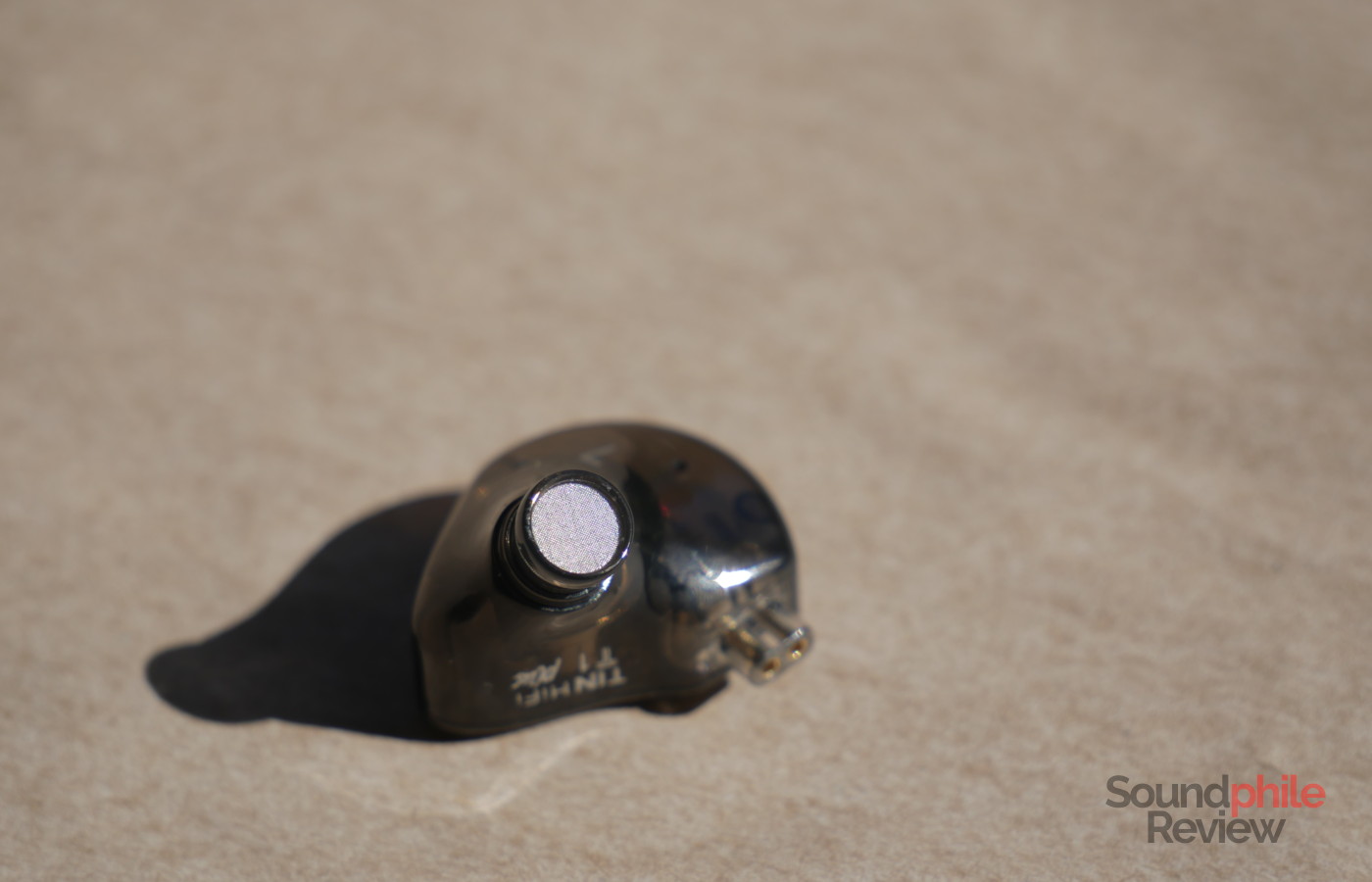
Considering the Tin HiFi T1s are sold at just $20, they are nothing short of fantastic. They’re probably the best earphones you can buy for less than $30: they are well built and very comfortable, they offer great tuning and their technical ability is great. I think they are so good they would probably still be highly worthy of praise if they costed $50! The only real flaw they have is the lack of passive isolation. But at just $20 (and I’m sorry to hammer this point), that’s a flaw I am personally willing to overlook. The Tin HiFi T1s really do deliver a lot and are a great addition to an existing collection or a superb way to start your journey in the audiophile world. You really can’t go wrong with them.

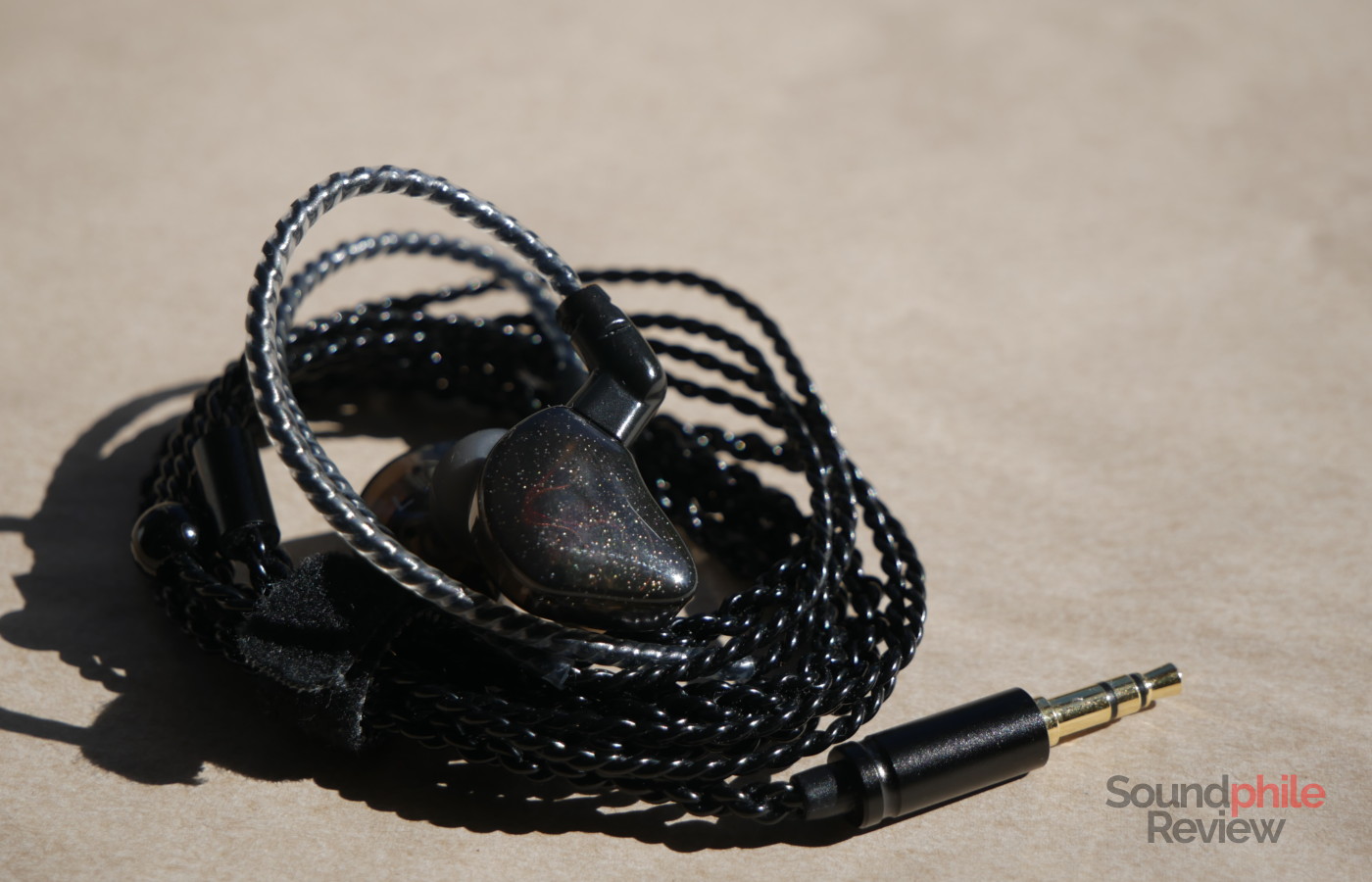


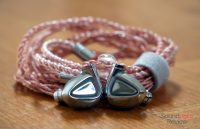
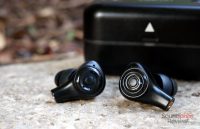
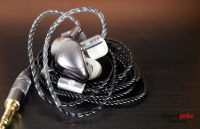


Was searching for a low profile and smaller iem and landed here via Google. After reading your very positive review I checked out other reviews of T1s and many of them describe bass as very dominant, loose, bleeds into mids etc. And treble as soft, barely there etc. So I’m confused as to why your impression differs so much with theirs. Is it your sources? I googled them out of curiosity and they’re quite expensive. I’ll use these with Xbox (via controller) and Mi 11 lite with some cheap dac like Abigail or Avani. So I’m guessing they won’t sound as good to me?
Hey Vish,
No idea to be honest. When I published my review I saw that there were 2-3 others that had already been published and they more or less agreed with my findings. No idea why other reviewers describe the T1s like you say. I saw a graph somewhere that appears to corroborate my description, I’ll update this comment if I find it again.
As for the source: you shouldn’t worry about that at all, as these are very easy to drive. Fancy amplifiers are only useful for stuff that requires loads of power, and even then there’s ample debate on how much power is needed. So don’t worry, they’ll sound just fine with anything that you have available!
Yeah. There were some really contrasting reviews. One praised it to high heaven, one called it trash. Some echoed your sentiments, some called it ordinary, couple said it became another beast after bit of EQing.
Anyway, do you think the entry level dacs like Abigail or Avani will improve the sound? They have very positive reviews on the site where I’m gonna buy them from. Plus my phone doesn’t have 3.5mm port. So I was thinking I might try one.
Also, can you suggest couple more such low profile, small iems? Preferably with balanced tuning, good soundstage (for xbox) for around $30-35.
Thank you! 🙂